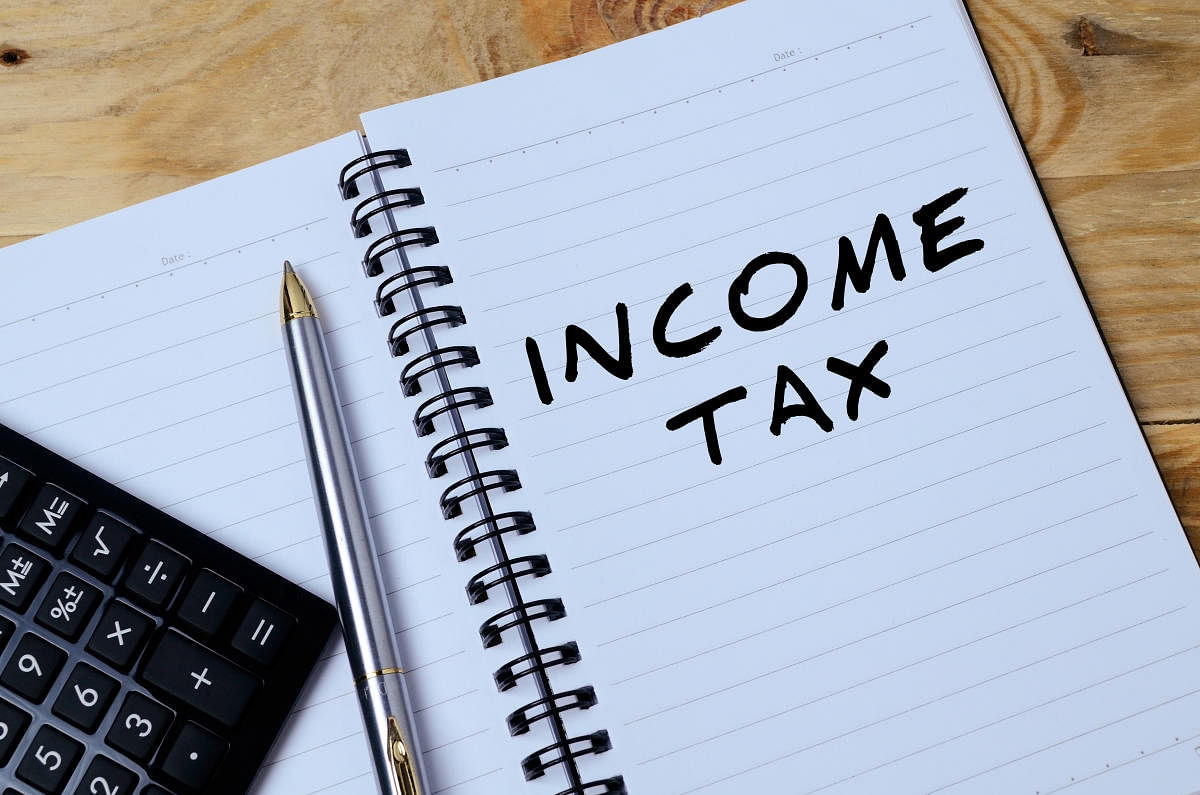The taxpayers must be more attentive than ever before while filing their income tax returns (ITR) as the tax department, through its 360-degree profiling, is capturing most of the financial transactions.
But they are not keeping you in the dark. These details are made available for your review. It is wise to check and accurately compute the income and offer the applicable taxes.
With this background, here are a set of broad guidelines outlined for individual taxpayers for filing their tax returns for FY 2021-22:
Also Read | All you need to know about income tax e-notices
To start the process, download the bank statements from 1.4.2021 to 31.3.2022 and analyze all the deposits/credits in the account. Filter the entries like income and make sure to offer all of them for taxes.
Secondly, if you have a housing loan, obtain interest certificate from the institution, and capture the right amount in the ITR form.
Thirdly, the trigger point for IT Notices is transactions in the demat account! As I have seen, most of the taxpayers ignore reporting capital gains and F&O profits/loss transactions. To avert the notices, generate the tax profit and loss account from your demat account, and report them.
Are there any loan transactions with your friends or family members? If so, it is advisable to have a formal receipt, with a PAN number and address, signed by both the parties. Though this document is not required while filing the return, it will come in handy if you get a scrutiny notice at a later date. Likewise, documenting the gifts is very essential. Receipts of payments towards insurance, tuition fees, or certificate for interest on education loan, etc., to be collated if they are considered for tax deductions u/s 80C, 80D, or 80E.
I have observed that people fail to offer interest on savings bank accounts to tax or there are certain investments like perpetual bonds where TDS is not cut while disbursing the interest. All of them are to be offered to tax irrespective of such transactions appearing in Form 26AS or not.
Once you have all the information and documents ready with you, download Form 26AS and Annual Information Statement (AIS). Reconcile the transactions reported in Form 26AS with the income compiled by you. Similarly, analyze the transactions reported in the AIS. In case of any variance, you have to check and rectify or respond to them before filing the return. Further, there are two more compelling reasons for the taxpayers to be vigilant from this year onwards. If the individual taxpayer has TDS and TCS deductions of Rs 50,000 or more during the previous financial year and has not filed the IT return within the due date, then certain specified deductor, like the banks, mutual funds, etc., have to deduct TDS or TCS at a higher rate. The rate is twice the regular rates or 5%, whichever is higher. For example, in the case of bank interest, the banker will deduct TDS at 20%, instead of 10%.
Another point to note is about tax as per alternative tax regime. For those who have opted for the new tax regime, if ITR is not filed within the due date, they will have to pay the taxes as per the old tax regime. This will enhance the tax outgo.
So, filing the return within the due date and offering all the income for taxes is very essential. The due date for filing the return for individual taxpayers who are not covered under tax audits is July 31, 2022. Should you file the return right away? My suggestion is to wait till the e-TDS return is filed for Quarter 4 of the previous year. Usually around June 15, you can find all the entries in Form 26AS.
That is the right time to file your returns.
(The writer is a Chartered Accountant and Registered Valuer at Balakrishna & Co)
Check out latest DH videos here
